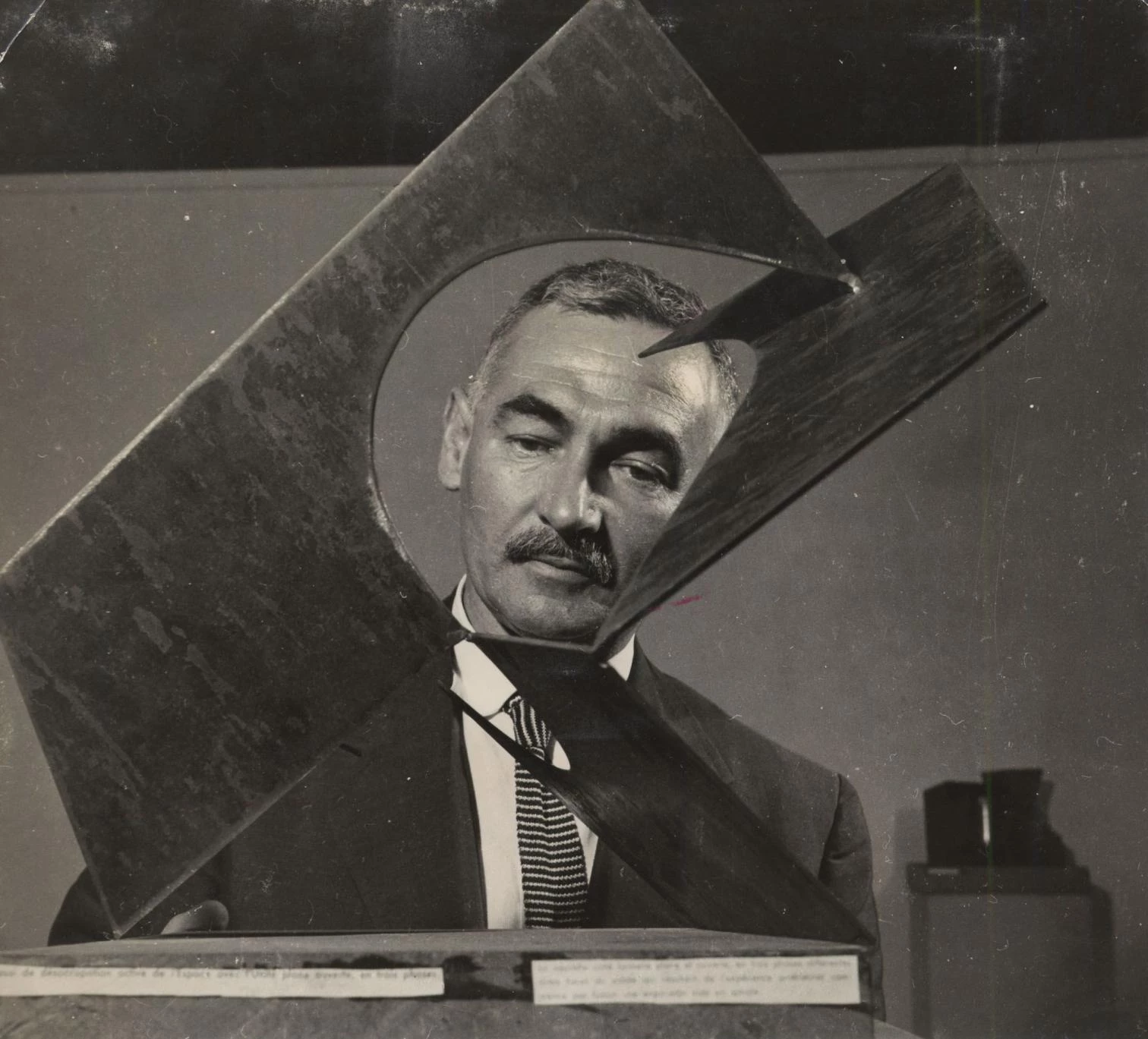
(1908-2003)
(1908-2003)
Pneumonia ended the life of the polemic artist who showed so many architects the value of the void. Born in Orio (Guipúzcoa), he spent the first years of his career in Latin America. He returned in 1948, imbued with the spirit of constructivism and with the idea of art as a collective creation. His collaboration with architects was reflected firstly on strictly sculptural works such as the basilica of Aránzazu, by Oíza and Laorga , or the chapel of Santiago, with Oíza and Romany. In later ones such as the monuments to Father Donosti, with Vallet, and to Batlle in Montevideo, with Roig, sculpture is at level with architecture. If Oteiza’s rebellious and contradictory mood led him to sustain cultural controversies (as that which confronted him to Eduardo Chillida for years) and to search tirelessly for balance between the avant-garde and ancient Basque roots, his experimental curiosity guided him from mass to energy. In the museum designed by his friend Oíza next to the workshop of the sculptor in the Navarrese town of Alzuza, one can see today his Chalk Laboratory, his metaphysical boxes or the series on the Disoccupation of the Sphere.





